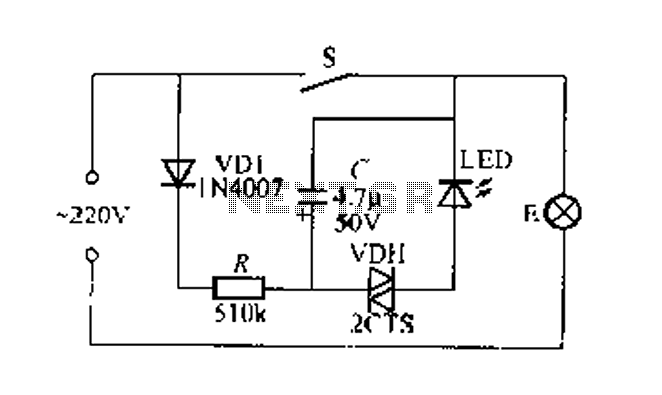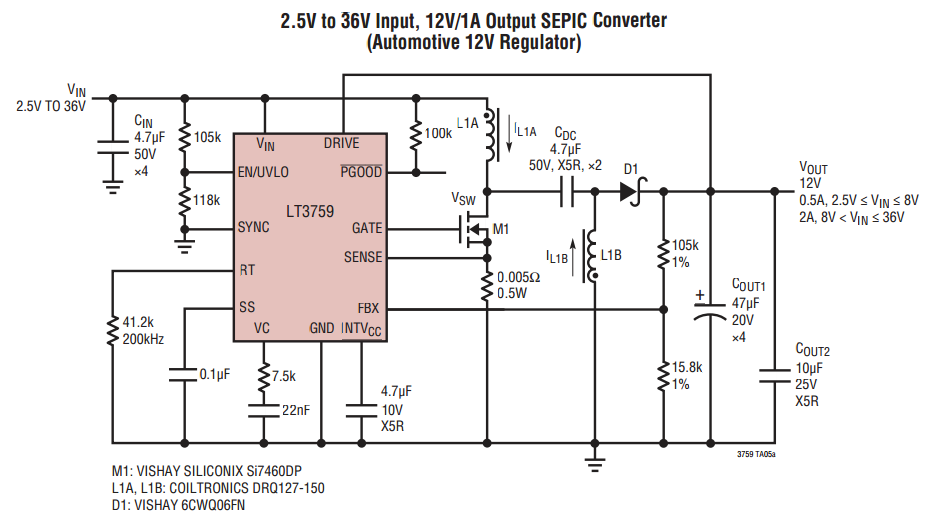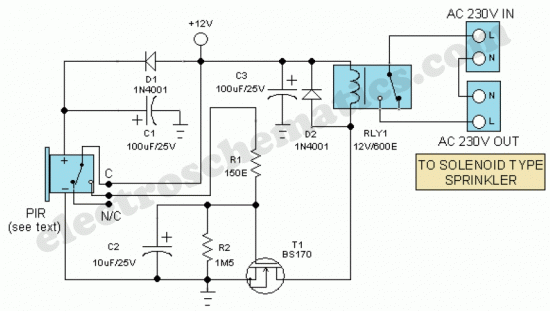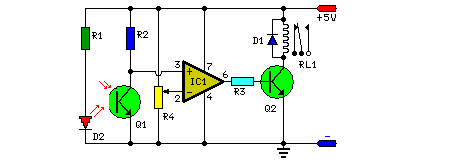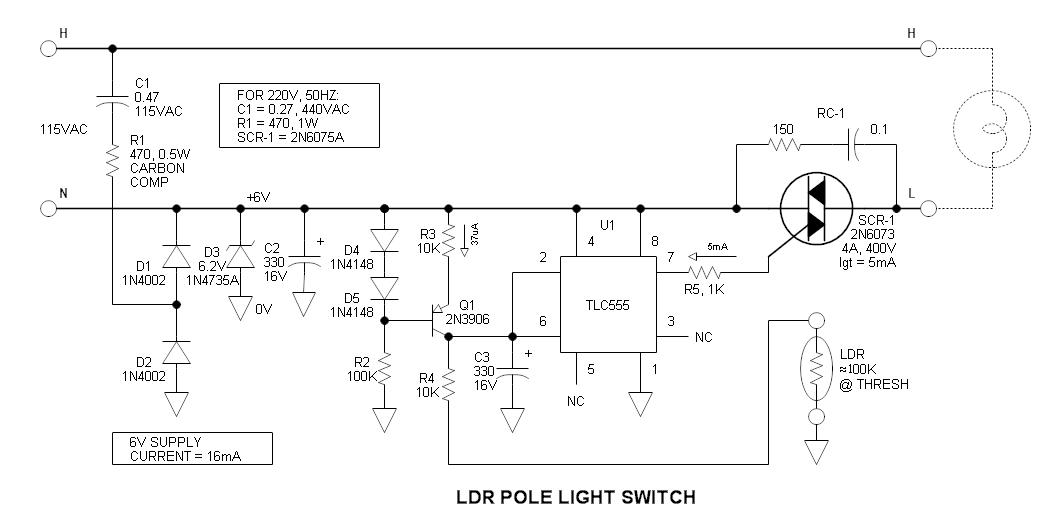
RC (Remote Control) Switch
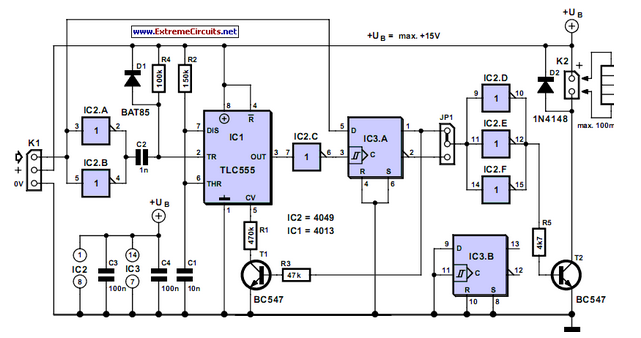
It is sometimes necessary for a remote control (RC) model to incorporate a switching functionality. This can include features such as lights on a model.
In the context of remote control models, incorporating switching functionality can significantly enhance user experience and operational capabilities. The implementation of this feature typically involves using a combination of resistors (R) and capacitors (C) to create an RC circuit. This circuit can be utilized to control various electronic components, such as LEDs for lighting effects, motors for movement, or other accessories that require activation or deactivation based on user input.
To design an effective switching circuit for an RC model, one can employ a simple transistor switch. The transistor acts as a gate that can be controlled by a signal from the remote control unit. When the signal is received, the transistor allows current to flow through the load (e.g., an LED or motor), turning it on. The choice of transistor (NPN or PNP) will depend on the specific requirements of the circuit, including the voltage and current ratings.
Additionally, incorporating a resistor in series with the load can help limit the current, protecting the components from damage. A capacitor may also be included in the circuit to smooth out fluctuations in the power supply, ensuring stable operation of the connected devices.
For more complex applications, microcontrollers can be integrated into the design to provide programmable control over the switching functions. This allows for advanced features such as dimming lights, controlling the duration of activation, or even creating patterns of light sequences.
Overall, the addition of switching functionality in an RC model not only enhances its interactivity but also expands its operational capabilities, making it a more versatile and engaging device.It is sometimes necessary for an RC (remote control) model to contain some kind of switching functionality. Some things that come to mind are lights on a.. 🔗 External reference
In the context of remote control models, incorporating switching functionality can significantly enhance user experience and operational capabilities. The implementation of this feature typically involves using a combination of resistors (R) and capacitors (C) to create an RC circuit. This circuit can be utilized to control various electronic components, such as LEDs for lighting effects, motors for movement, or other accessories that require activation or deactivation based on user input.
To design an effective switching circuit for an RC model, one can employ a simple transistor switch. The transistor acts as a gate that can be controlled by a signal from the remote control unit. When the signal is received, the transistor allows current to flow through the load (e.g., an LED or motor), turning it on. The choice of transistor (NPN or PNP) will depend on the specific requirements of the circuit, including the voltage and current ratings.
Additionally, incorporating a resistor in series with the load can help limit the current, protecting the components from damage. A capacitor may also be included in the circuit to smooth out fluctuations in the power supply, ensuring stable operation of the connected devices.
For more complex applications, microcontrollers can be integrated into the design to provide programmable control over the switching functions. This allows for advanced features such as dimming lights, controlling the duration of activation, or even creating patterns of light sequences.
Overall, the addition of switching functionality in an RC model not only enhances its interactivity but also expands its operational capabilities, making it a more versatile and engaging device.It is sometimes necessary for an RC (remote control) model to contain some kind of switching functionality. Some things that come to mind are lights on a.. 🔗 External reference
Warning: include(partials/cookie-banner.php): Failed to open stream: Permission denied in /var/www/html/nextgr/view-circuit.php on line 713
Warning: include(): Failed opening 'partials/cookie-banner.php' for inclusion (include_path='.:/usr/share/php') in /var/www/html/nextgr/view-circuit.php on line 713
